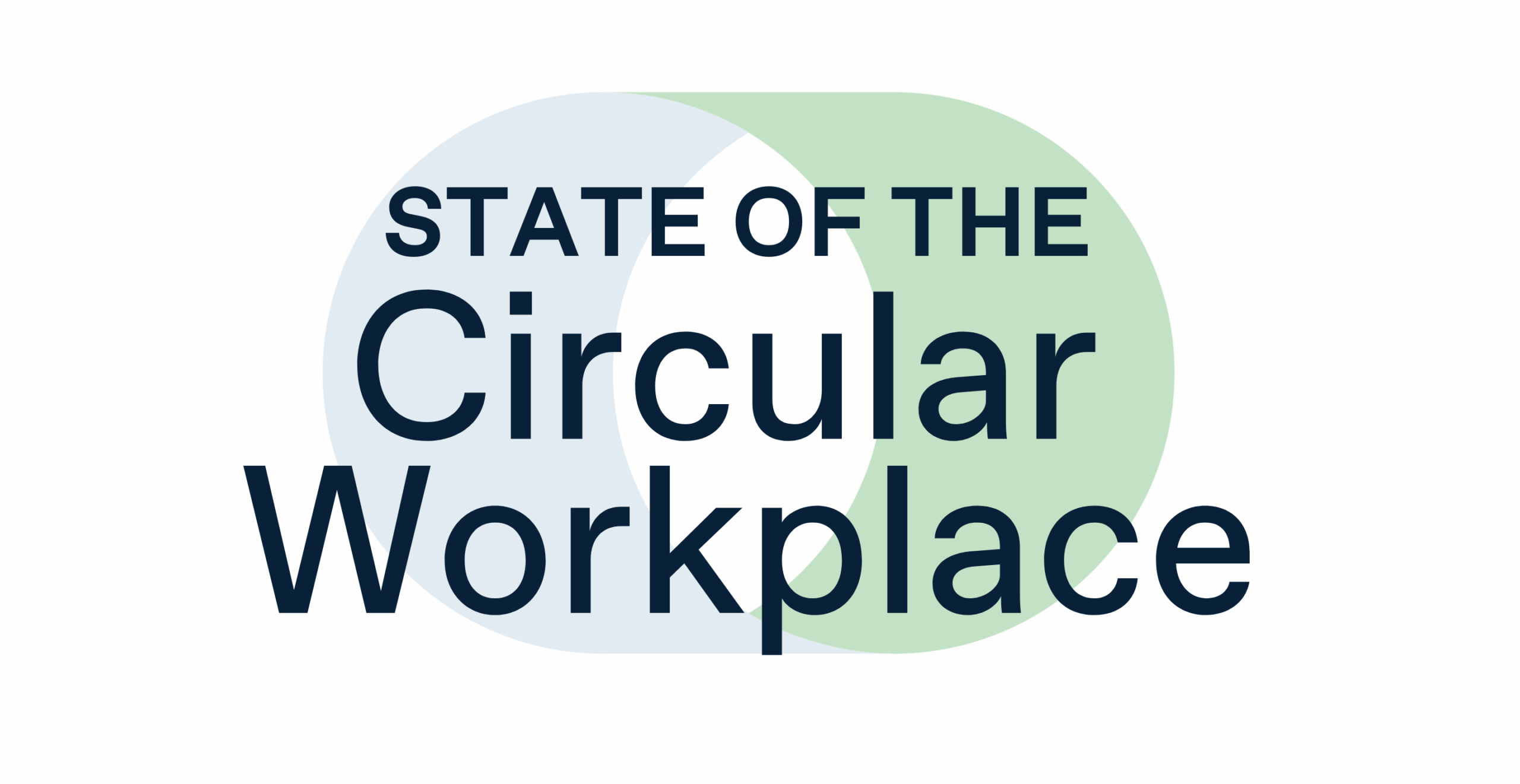State of the Circular Workplace

A circular workplace is a zero-waste office – but it’s also something much bigger. It’s a growing global movement to bring the principles of the circular economy into the places and spaces where the economy happens. This report brings together building owners, furniture manufacturers, architecture & design firms, and industry associations to offer a 360-degree view of where we are and where we need to go.


